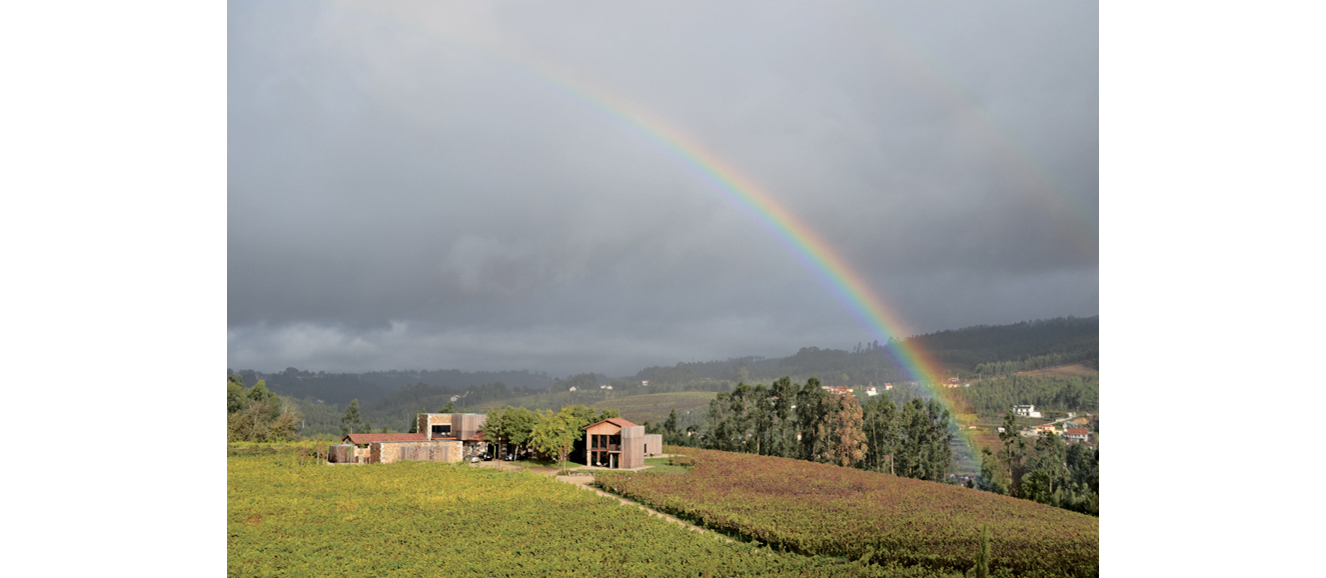So, there’s a battle raging in northern Portugal, or, should I say, gently and pleasantly simmering. Vinho Verde describes a winemaking style and a region in the northwest corner of Portugal, stretching from the Spanish border to the Douro River. For generations the region has been known for making simple white wines with different degrees of spritz for easy lakeside drinking. Historically, the wines have been low in alcohol and high in citrus flavors, often with sugar (to offset the acid) and carbon dioxide added just prior to bottling to contribute to that fresh, youthful, “drink now” quality.
There are winemakers in the region who want to keep producing vintages just this way, products their ancestors would’ve recognized and enjoyed. And there are those who want to lower crop yields to enhance flavors, diminish or eliminate the micro effervescence for which the region is known and make wines that can compete with the better whites of the world. Of course, producers in the region also make sparkling wines in the traditional method, as in France’s Champagne country. And they make red and Rosé wines for a complete portfolio.
The debate doesn’t fall along typical fault lines. This isn’t a young versus old discussion. There are elders and juniors on both sides of the debate. Nor is it liberal versus conservative or mega-producer versus boutique-style producer. It is more an individual debate on what style the particular winery or winemaker likes to produce and drink. Additionally, it’s about what that winemaker thinks he or she is capable of selling and where he would like to see Vinho Verde wines move toward or remain.
Vinho Verde wines tend to be simple, rustic and very affordable, easily found in the U.S. at or around $5. With discounts and sales it would be easy to find a case of Vinho Verde for the price of a single bottle of California Chardonnay or German Riesling. If you’re buying for an indiscriminating group for an afternoon social, this may be the way to go. But Vinho Verde producers wanting to make a higher quality, better-drinking wine, find price increases are necessary and inevitable. Making higher quality wines requires reducing grape yields, changing their ancient trellising systems, harvesting and using grapes from the better select vineyards and then hand-selecting the grapes, removing any stems, leaves and bad grapes. A winemaker told me, “One bad, sour grape can negatively affect maybe 50 good grapes.” And some Vinho Verde grape varietals like Azal can be finicky, only growing in certain areas to ripen properly.
Some producers are starting to experiment with oak-barrel aging, unthinkable just a generation ago. And many producers are vinifying indigenous single varietal grapes such as Alvarinho, Loureiro, Arinto, Azal, Trajadura and Vinhão and then bottling as a single varietal or working a blend to enhance and complement the unique flavor profiles of each grape. All of these things take additional money and additional time in the cellar. It remains to be seen whether buyers will be willing to pay double or even triple what they may be used to paying for a Vinho Verde. I certainly would pay a premium for a much better wine-tasting experience.
So, how do you find a well-made Vinho Verde? Antonio Monteiro of Quinta Das Arcas in Porto (the second largest city in Portugal after Lisbon and famed for its Port wine) said, “If you want a good Vinho Verde, insist on a vintage-dated bottle.” Bottles without the vintage date usually indicate a bulk producer that blends more than one vintage where you can expect higher carbon dioxide bubbles. Pricing is also an indicator. Most producers want to bring a wine to market at an attractive price. But better production methods require higher pricing structures. The region is in a state of flux and that’s a good thing. Until recently, Vinho Verde has never been a wine to age. At various quintas, we tasted many wines of older vintages that were still fruity, fresh and nuanced. Modern, high-quality production methods allow for age-ability. The times, they are a-changing.
Write me at doug@dougpaulding.com.


